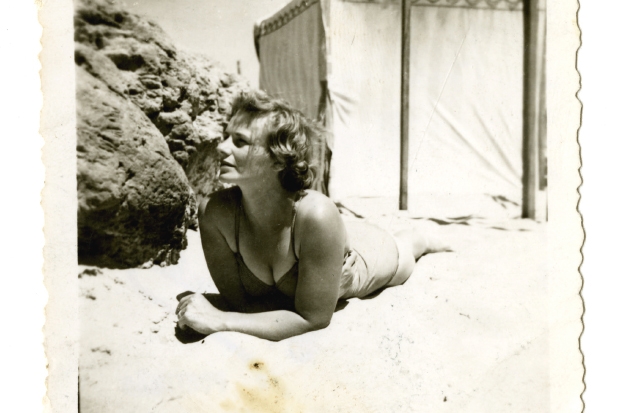When Philip Larkin went up to St John’s College, Oxford, in the early 1940s, he found himself in a world of deprivation and departures. The arrival of war had ruined any hope he might have had of living the sybaritic student life mythologised by Evelyn Waugh; the majority of the younger dons had departed to serve in the forces or the ministries; the few undergraduates at the college who hadn’t already followed suit could expect to be called up soon. And most were. But Larkin was not. Deemed unfit for active service because of his poor eyesight, he remained at Oxford for the full three years of his degree, while friend after friend was carried away to combat.
It was in this environment that he began to think seriously about photography. He would amble through St John’s, armed with a camera that used to belong to his father, attempting to preserve an epoch whose dominant mode was one of valediction. He became, as Richard Bradf ord phrases it in this beautifully produced book, a ‘visual elegist’.
Larkin had been interested in photography as a boy. But it was Oxford that transformed that interest into a passion. In 1947 he bought his first camera for the sum of £7, and wrote to his friend, Jim Sutton, to inform him of this ‘act of madness’. ‘I am so far awaiting my first roll of results,’ he said:
If they are bad I shall feel I have been rather a fool. It is a ‘fast’ camera… best suited to swift scenes in bright sun. Now I like poor light the best & I don’t think it will do any good in that line. But I’ll show you any worthy results.








Comments
Join the debate for just £1 a month
Be part of the conversation with other Spectator readers by getting your first three months for £3.
UNLOCK ACCESS Just £1 a monthAlready a subscriber? Log in